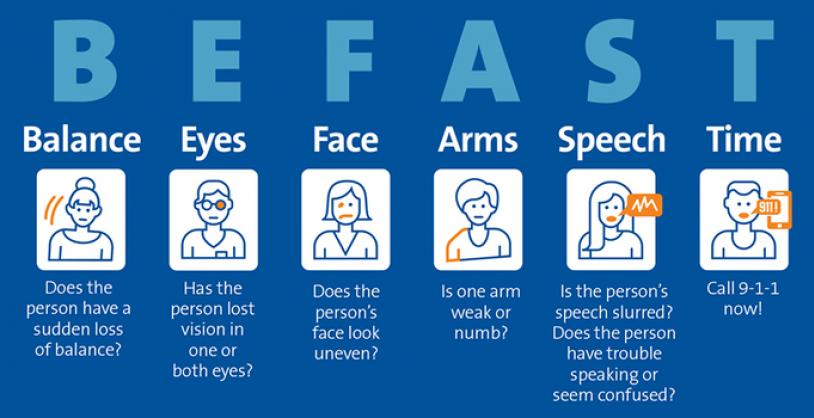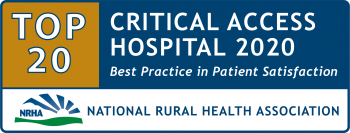How to Recognize Signs and Symptoms of Stroke
By Jen Rystrom, RN, CCRN, Chief Nursing Officer at West Holt Medical Services
ATKINSON — West Holt Medical Services recently hosted an educational training for its providers and nursing staff on the care and treatment of stroke. Jenny Simmons, a Registered Nurse, Cardiac Care Coordinator at Faith Regional Health Services and speaker for The American Heart Association presented evidence-based research and best practices for stroke care to attendees.
In her presentation, Simmons shared some alarming statistics. According to the American Heart Association, one in six people are likely to have a stroke. Stroke kills almost 130,000 Americans each year, which equates to 1 in 20 deaths. The stroke prevalence in Nebraska was 1.4 times higher for females than males in 2016. Approximately 1 out of 3 persons hospitalized for stroke were under 65 year of age. Stroke was the fourth leading cause of death in Nebraska in 2016, claiming the lives of 784 residents.
At West Holt Medical Services, we want our community members and patients to be aware of the signs and risk factors of stroke so that they can receive the best possible treatment and outcome.
What is a stroke? A stroke is an interruption of blood supply to the brain that occurs as a result of a blood clot or bleeding. A Transient Ischemic Attack (TIA) or mini stroke is a warning sign that a stroke can occur at any time. With a TIA the blood flow blood flow to the brain is temporarily blocked and the body resolves this on its own. The symptoms of TIA go away on their own and there should be no permanent damage. However, approximately 40% of individuals who have a TIA go on to have a more severe stroke.
There are several risk factors for stroke; some modifiable and some non-modifiable. Modifiable risk factors include: high blood pressure, smoking, diabetes, high cholesterol, physical inactivity, obesity, artery disease, atrial fibrillation (A-fib), heart disease, certain blood disorders, excessive alcohol intake, birth control pills, sleep apnea, illegal drug use, and obstructive sleep apnea. With the help of a healthcare provider, patients can work to change these health issues and decrease their risk of stroke. Non-modifiable risk factors include: age, gender, race, family history and prior stroke or TIA.
Stroke awareness and care should not begin when a patient presents to the hospital emergency room for treatment of a stroke, but with community education and Emergency Medical Service (EMS) response and recognition of stroke. Time is of the essence when it comes to treating stroke; the faster a stroke is recognized and medical attention is sought, the greater the chance for survival, limiting the debilitating effects that a stroke can cause.
BE FAST is a helpful acronym to spot a stroke. If an individual recognizes any of the following signs or symptoms in a friend, family member, or person in the community, please seek help immediately.
- B is for Balance – loss of balance, headache or dizziness.
- E is for Eyes – loss of vision or blurred vision.
- F is for Face – one side of the face is drooping or numb.
- A is for Arm/limb – weakness or numbness.
- S is for Speech – slurred speech or inability to speak.
- T is for Time – time is critical, call 911 right away.
In summary, early recognition and treatment of stroke is key. If you suspect someone is having a stroke don’t delay in seeking medical attention. The healthcare providers at West Holt Medical Services are trained in the recognition, care and treatment of stroke.
For more information or resources visit the American Heart Association’s website at www.heart.org or call 911 if you recognize the signs and symptoms of stroke.



